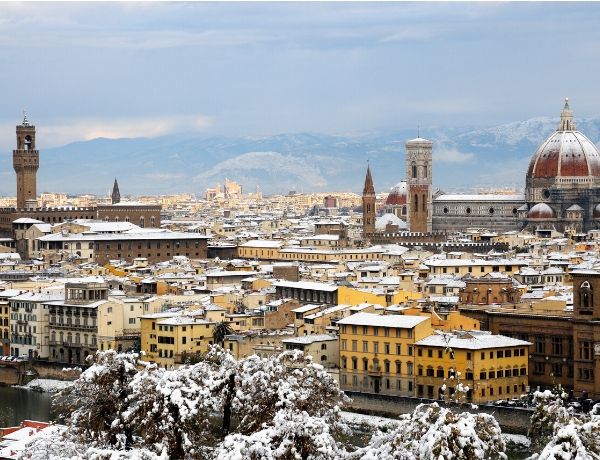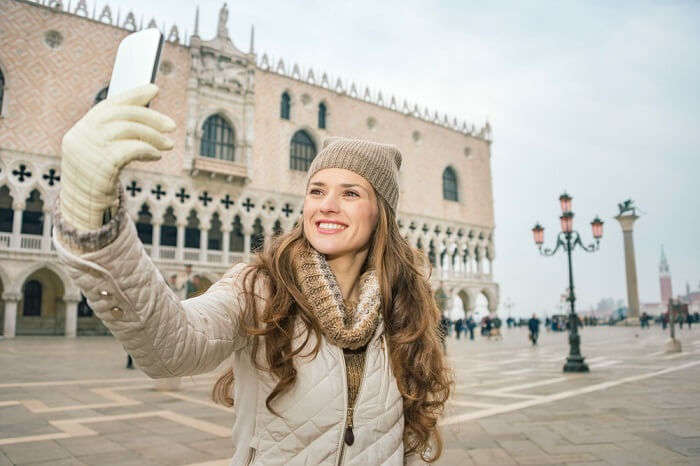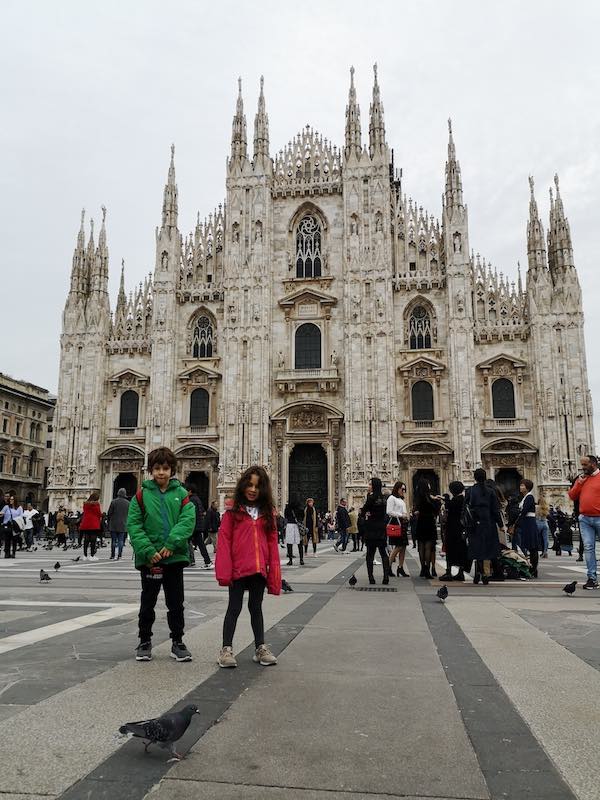Italy in January may not be the first destination that comes to mind for winter travel, but let me tell you – it’s a hidden gem that offers a unique experience. From the snow-capped Alps to the cozy trattorias in Florence, January presents an Italy that is quieter, more intimate, and undeniably beautiful. Join me as we explore everything you need to know about traveling to Italy in January, filled with personal experiences, travel tips, and destination highlights.
Why Visit Italy in January?
Visiting Italy in January has its perks. Here are a few reasons why you might consider planning a trip during this month:
- Fewer Crowds: Major tourist attractions are significantly less crowded, allowing for a more relaxed exploration.
- Winter Activities: Experience winter sports in the Alps or enjoy the picturesque landscapes of Tuscany dusted with snow.
- Lower Prices: Flights and accommodations are usually cheaper during the off-peak season.
- Festive Atmosphere: After the holiday season, many towns still retain their festive cheer with decorations and local events.
What to Expect Weather-Wise
Italy’s weather in January varies significantly from north to south:
| City | Average Temperature (°C) | Avg. Rainfall (mm) | Snowfall |
|---|---|---|---|
| Rome | 8-12 | 60 | No |
| Milan | 2-7 | 70 | Occasional |
| Florence | 5-10 | 80 | No |
| Venice | 1-6 | 70 | Occasional |
| Naples | 7-13 | 50 | No |
Top Destinations to Visit in Italy in January
1. Rome
Rome is stunning in January! My visit to the Eternal City during this month was magical. The Colosseum and Vatican Museums were less crowded, allowing me to fully appreciate their grandeur. Don’t miss the chance to enjoy a hot cup of chocolate at a local café while exploring the beautiful streets.
Highlights:
- Explore the Colosseum and Roman Forum with fewer tourists.
- Enjoy the Vatican Museums, including the Sistine Chapel, without the long queues.
- Visit Trastevere for traditional Italian cuisine.

2. Florence
Florence in January offers a peaceful atmosphere to explore the birth city of the Renaissance. The Uffizi Gallery is a must-visit, and the experience is made even more enjoyable with fewer tourists. I strolled the Ponte Vecchio under a gentle drizzle, creating an atmosphere that felt almost ethereal.
Highlights:
- Discover the Uffizi Gallery and Accademia Gallery.
- Visit the iconic Florence Cathedral and its beautiful dome.
- Savor the fantastic Tuscan cuisine in local trattorias.
3. Venice
While many think of Venice in the summer, January brings a different charm. The famous canals framed by mist create a whimsical scene straight from a painting. Be prepared for occasional flooding, known as “Acqua Alta,” but it adds to Venice’s unique character.
Highlights:
- Experience Carnevale di Venezia at the month’s end with grand masks and festivities.
- Visit the iconic St. Mark’s Basilica and the Doge’s Palace.
- Enjoy a gondola ride amid quiet winter waters.

4. Milan
Milan is not just the fashion capital of Italy; it also showcases breathtaking architecture. I was captivated by the Duomo di Milano, particularly when it was illuminated against the night sky. January sales in the fashion district were a delightful bonus!
Highlights:
- Visit the Duomo and climb to the rooftop for panoramic views.
- Explore the stunning Galleria Vittorio Emanuele II for shopping.
- Experience the vibrant nightlife in the Navigli district.
Travel Tips for January in Italy
1. Dress Wisely
Italy in January can be chilly, especially in the north. Layer your clothing and bring a warm coat, gloves, and a scarf. Comfortable, waterproof shoes are essential, particularly if you plan on walking through the beautiful city streets.

2. Stay Flexible
Weather conditions can change rapidly in January. While snow might bring a magical touch to your trip, it can also cause travel delays. Be flexible with your travel plans and consider alternative indoor activities.
3. Embrace Local Cuisine
Winter in Italy means hearty dishes. Try regional specialties such as polenta in the north, ribollita in Tuscany, and zeppole in Naples. Warm up with a cup of mulled wine in cozy restaurants!

4. Book in Advance
While January is less crowded, popular attractions might still require reservations. Consider booking your entry tickets ahead of time, especially for museums like the Uffizi and the Vatican Museums.
Pros and Cons of Traveling to Italy in January
Pros
- Fewer tourists, providing a more authentic experience.
- Lower prices for accommodations and flights.
- Unique winter activities and events, especially in the Alps.
Cons
- Unpredictable weather, with possibilities of rain or snow.
- Some attractions may have reduced hours or be closed.
- Less vibrant nightlife compared to the summer months.

What to Pack for Italy in January
Wondering what to pack? Here’s a quick checklist:
- Warm clothing (coats, sweaters, thermals)
- Waterproof footwear
- Travel umbrella
- Universal power adapter
- Camera for capturing stunning winter vistas
FAQs about Traveling to Italy in January
Is it safe to travel to Italy in January?
Absolutely! January is a safe month for travel in Italy. Just be cautious about icy sidewalks in some regions.

Are attractions open in Italy during January?
Most major attractions remain open, but it’s essential to check specific hours and holiday closures before your trip.
What are the best activities to do in Italy in January?
Consider skiing in the Alps, exploring art galleries, enjoying local cuisine, and attending winter festivals!

Final Thoughts: Embracing Winter in Italy
Italy in January is truly a delightful experience that offers a mix of culture, history, and serene landscapes. From my personal travels, I can attest to the beauty of Rome, the charm of Florence, and the enchantment of Venice during this winter month. Whether you prefer indulging in art, skiing in the mountains, or savoring rich Italian dishes, January is a time to connect with Italy in a way that feels intimate and special.
So, pack your bags and plan your Italian escape this January – you won’t regret it!